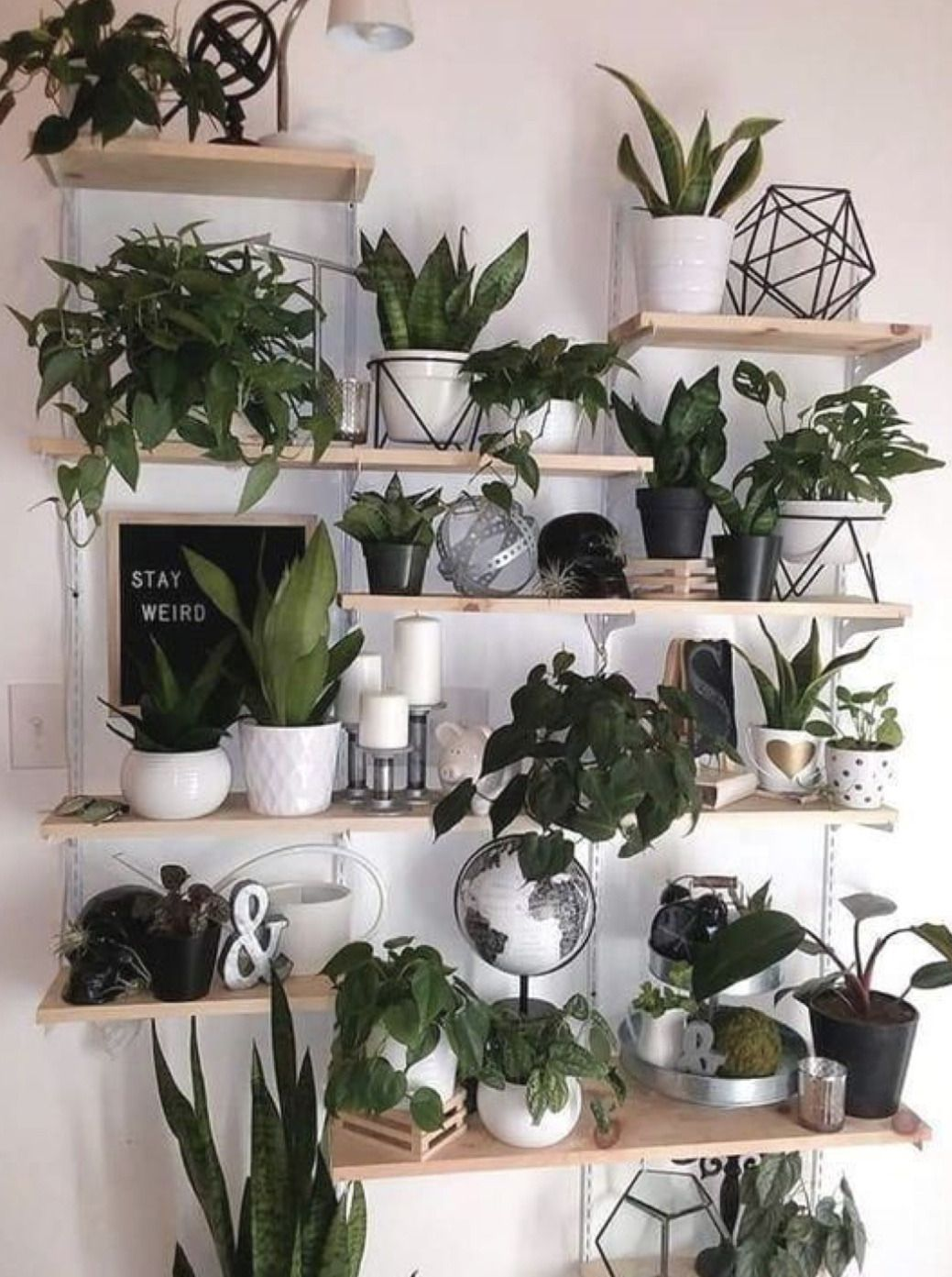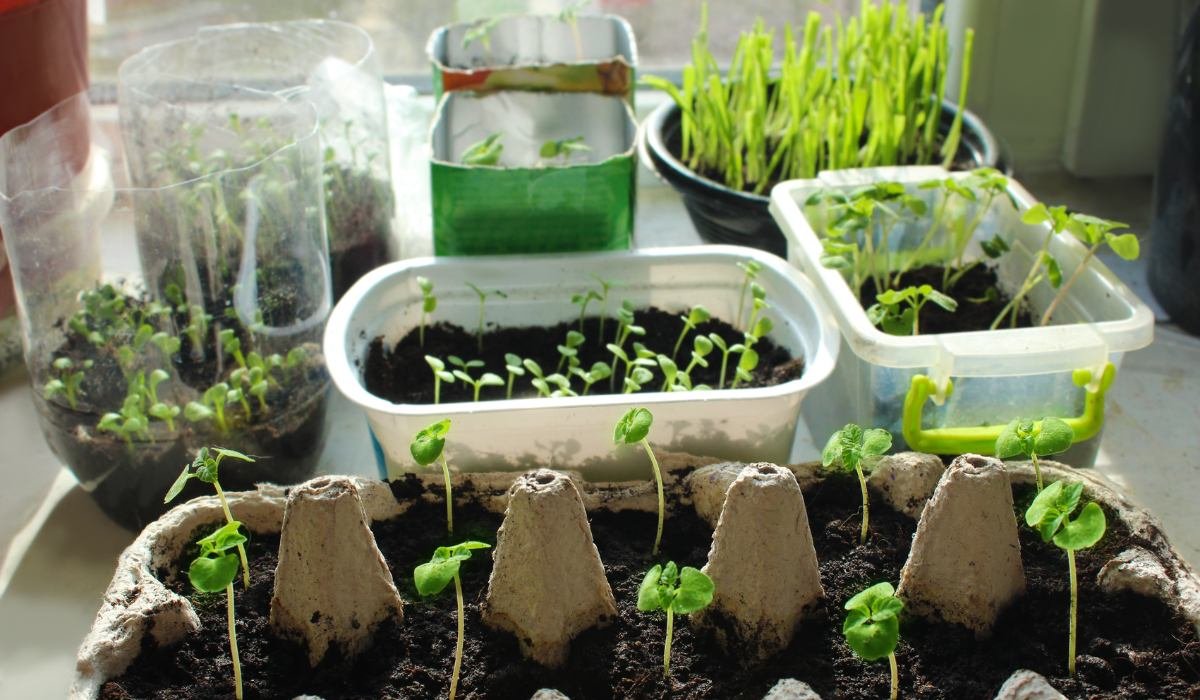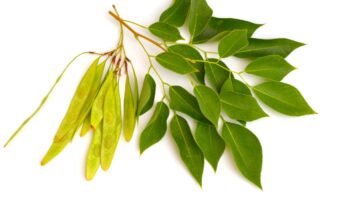The risk of introducing harmful plant pests and diseases into the country is very real. The Destructive Insects and Pests Act of 1914, as well as the guidelines and regulations that the Government of India has periodically issued, govern plant quarantine actions in India. When the Indian government introduced its thorough Plants, Fruits and Seeds Order in 1984, seeds were also covered by the DIP Act.
The Government of India announced a New Policy on Seed Development in September 1988. This was done to give farmers the best planting resources available to enhance productivity per unit area, to motivate the private seed industry in India, and to create export opportunities for high-quality planting materials. When shipping plants, it’s important to be aware of these regulations and take steps to ensure that your plants meet inspection criteria.
The current legislation addresses import processes for seeds and planting supplies for crops such as wheat, cereals, pulses, vegetables, fruit, etc. as well as criteria for plant quarantine that are relevant to these crops.
In order to avoid the invasion of invasive pests, diseases, and weeds that harm Indian agriculture, this policy further specifies that there shall be no exceptions to the standards of plant quarantine procedures.
See also: Tips to grow and take care of anthurium
Plant quarantine: What is it?
Quarantine is the act of restricting plant materials, or other items, from entering the country if they are believed to be a risk to the health of the country’s agriculture. This is done by placing those items under quarantine and subjecting them to special treatment to prevent the spread of harmful pests or diseases.
Despite the name, quarantine doesn’t just apply to plants. It can also be applied to livestock and even certain agricultural products and their by-products.
Plant quarantine: Why is it necessary?
Quarantine is done to prevent the spread of pests, diseases and other harmful organisms that are harmful to both humans and agriculture. When they’re introduced to a new environment, these organisms may cause substantial economic loss. In some cases, they may even be harmful to human health. When a quarantine pest is detected, it’s extremely difficult, if not impossible, to eradicate.

Source: Pinterest
Plant quarantine: Methods for detecting pests
The effectiveness of plant quarantine procedures largely depends on the officials’ capacity to identify pathogens and pests that may be connected to the imported planting material. Quarantine methods should be precise enough to find even minute diseases. This is especially crucial for pests and pathogens with a fast rate of reproduction, such as some fungi and downy mildew. Consideration should be given to a wide range of diseases, weeds, and pests. The type of substance, the host species, and the pests/pathogens involved will all affect the detection methods used.
Plant quarantine: The importance of knowing your supplier
If you’re buying plant materials wholesale from another nursery, you must get to know your supplier. Choose a supplier with whom you feel comfortable doing business, and get to know them. Learn as much as you can about their growing methods and pest control practices. This will help you evaluate the quality of their products and spot any potential red flags. If you’re buying plant materials wholesale, you’re responsible for the compliance of those products. This means that you’re responsible for complying with all federally required regulations, including any quarantine restrictions that may apply. In other words, you could be held legally responsible for the pests or diseases that are found in your nursery or growing operation – even if they came from your supplier.

Source: Pinterest
What to look for when picking a supplier
If you’ve chosen to buy from a supplier, rather than growing your plants, there are a few things you can do to help evaluate their compliance and quality. A good first step is to review the supplier’s website, catalogue and/or brochure to understand what types of plants they offer and the states in which they do business. You may also want to ask the supplier what their compliance procedures are and/or what type of certification they have.
Plant quarantine regulations in India
These are some of the main features of the current plant quarantine regulation that you should be aware of:
- A legal Import Permit must be obtained before importing any seeds or planting materials into India. This permit must be granted by a relevant authority.
- Seeds and other planting supplies cannot be brought into India unless they are accompanied by a Phytosanitary Certificate that has been obtained by the nation’s authorised plant quarantine agency.
- All shipments of plants and seeds for sprouting, spreading, and planting must enter India via land customs locations, seaports, and airports at Amritsar, Bombay, Calcutta, Delhi, and Madras.
- In order to comply with the requirements established by the Plant Protection Adviser to the Government of India, seeds and sowing materials that require separation sprouting under detainment must be cultivated in post-entry quarantine facilities that have been endorsed and accredited by the DIA.
- Plant-based products such as hay, straw, and others are not permitted to be utilised as packing material.

Source: Pinterest
In conclusion, if you’re growing or planning to grow plants for resale, you must understand the specific requirements for each type of plant. This will help you produce a high-quality product that meets customer expectations and avoids costly fines or penalties.
If you’re shipping plants interstate, you must also be aware of the specific requirements for each type of plant. Failure to comply with these requirements could result in a restricted entry or refusal of your shipment by inspection services.
FAQs
What are the types of plant quarantine?
Plant Quarantine is divided into domestic quarantine, in which entry of plants and items linked to plants from one state to another is prohibited, and international quarantine.
What is the importance of plant quarantine?
It was established to deal with the significant financial losses caused by plant pests and to establish regulations for preventing the overview, incursion, establishment, and spread of plant pests during domestic and international motion of plants and their products.
How many plant quarantine stations are in operation in India?
There are currently 73 plant quarantine Stations at various international airports, seaports, and land borders.
Housing News Desk is the news desk of leading online real estate portal, Housing.com. Housing News Desk focuses on a variety of topics such as real estate laws, taxes, current news, property trends, home loans, rentals, décor, green homes, home improvement, etc. The main objective of the news desk, is to cover the real estate sector from the perspective of providing information that is useful to the end-user.
Facebook: https://www.facebook.com/housing.com/
Twitter: https://twitter.com/Housing
Email: [email protected]











